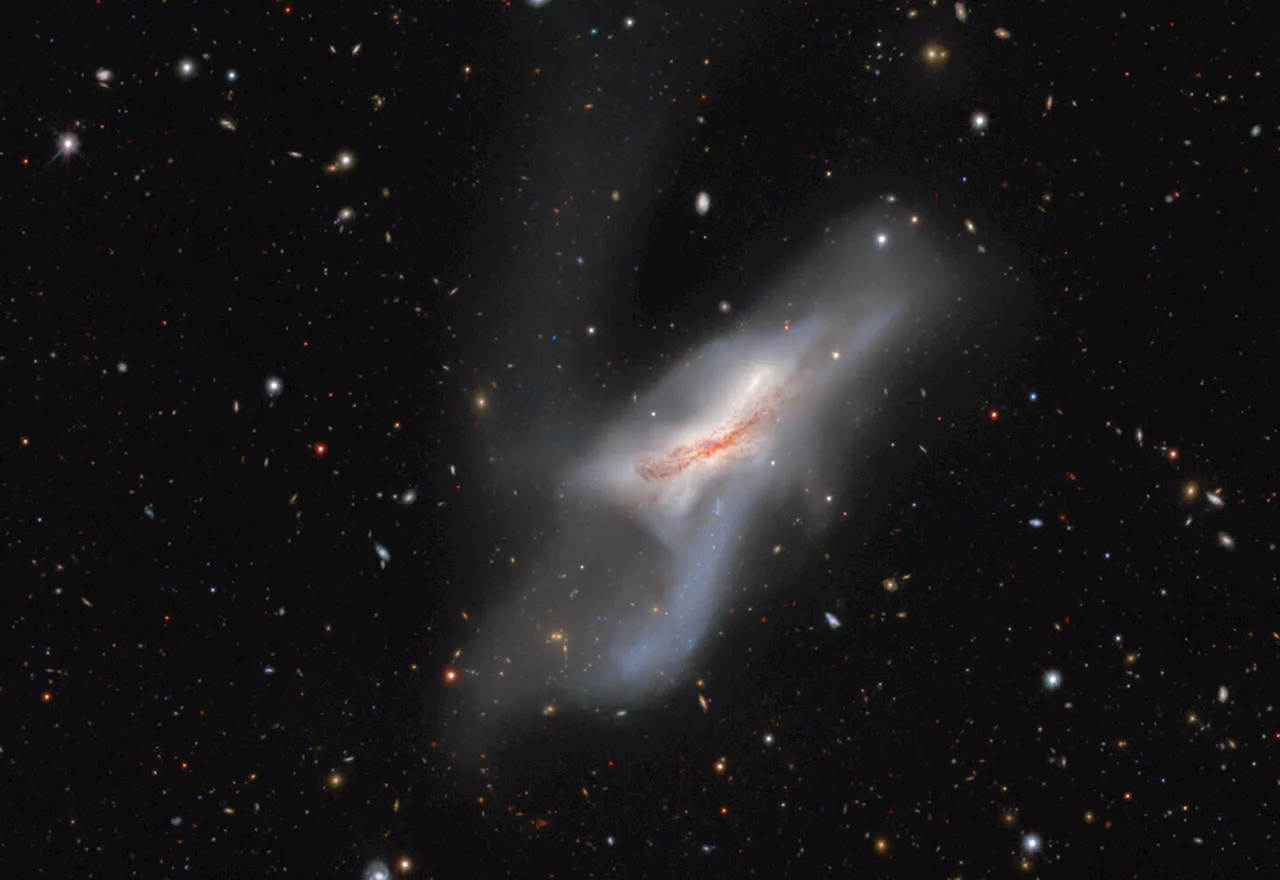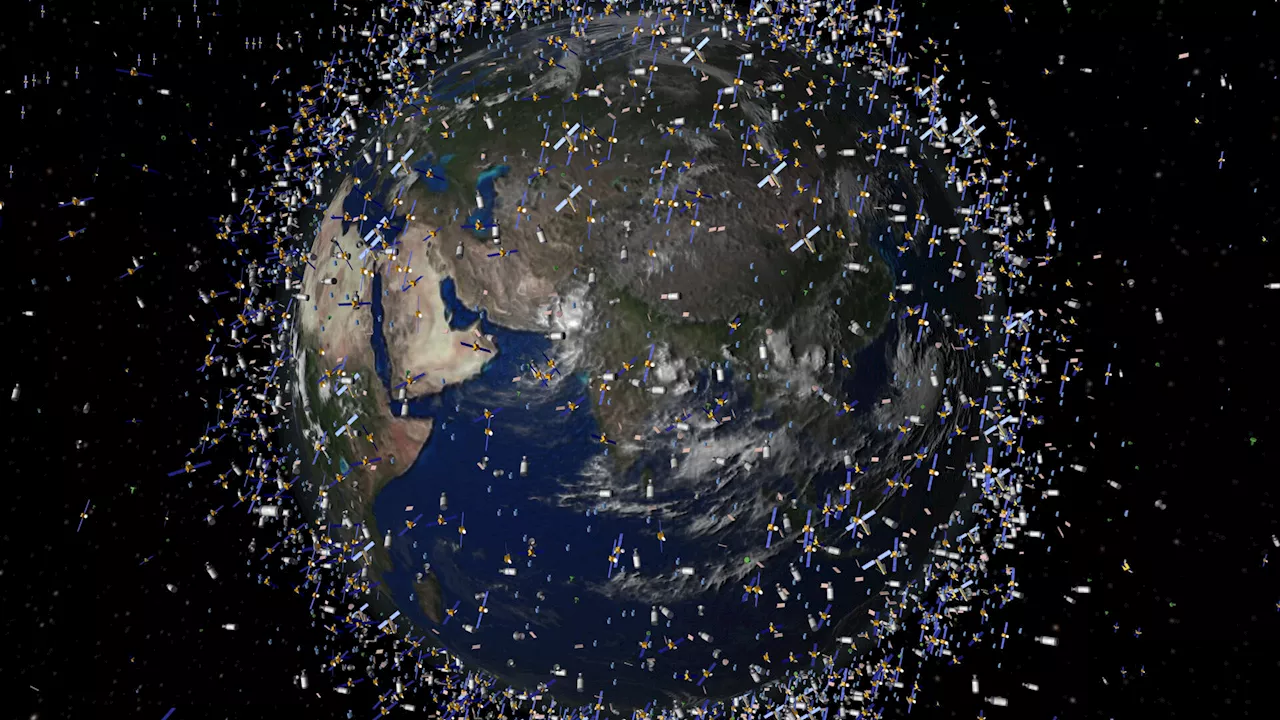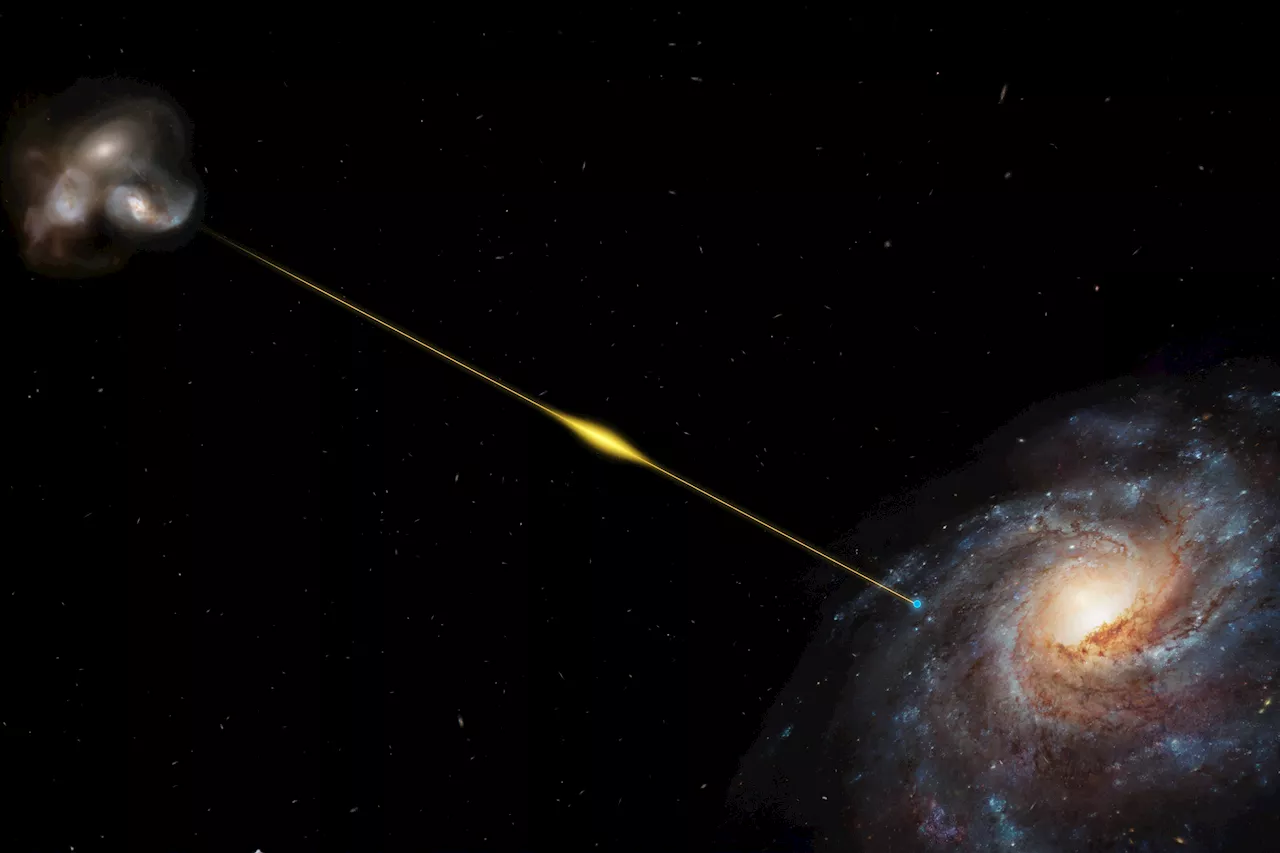Space and astronomy news
Optical mosaics of 42 galaxies from the SGA-2020 sorted by increasing angular diameter from the top-left to the bottom-right. This figure illustrates the tremendous range of types, sizes, colors and surface brightness profiles, internal structure, and environments of the galaxies in the SGA. Credit: CTIO/NOIRLab/DOE/NSF/AURA/J. Moustakas.
Astronomers say this map of the sky helps provide a comprehensive picture of the cosmos as well as providing support further research, including studies of galaxy formation and the structure of the Universe. Comprehensive all-sky surveys can help scientists spot broad patterns across a population of objects, put new discoveries such as transient events in the context of their surroundings, and identify the best candidates for focused observations.
A galactic collision of two galaxies which began more than 300 million years ago, NGC 520 is actually made up of two disk galaxies which will eventually merge together to form one larger, more massive system. NGC 520 was discovered by William Herschel in 1784 and is one of the largest and brightest galaxies in the Siena Galaxy Atlas.
The SGA is not only available to professional astronomers, but is also completely available to the public to peruse and use.
United States Latest News, United States Headlines
Similar News:You can also read news stories similar to this one that we have collected from other news sources.
 New map of space precisely measures nearly 400,000 nearby galaxiesAstronomers have created a detailed atlas of almost 400,000 galaxies in our cosmic neighborhood. The Siena Galaxy Atlas was compiled using data from NSF's NOIRLab telescopes, and is designed to be the preeminent digital galaxy atlas for large galaxies.
New map of space precisely measures nearly 400,000 nearby galaxiesAstronomers have created a detailed atlas of almost 400,000 galaxies in our cosmic neighborhood. The Siena Galaxy Atlas was compiled using data from NSF's NOIRLab telescopes, and is designed to be the preeminent digital galaxy atlas for large galaxies.
Read more »
 Astronomers could 'lose access' to the stars due to bright satellitesInteresting Engineering is a cutting edge, leading community designed for all lovers of engineering, technology and science.
Astronomers could 'lose access' to the stars due to bright satellitesInteresting Engineering is a cutting edge, leading community designed for all lovers of engineering, technology and science.
Read more »
 Astronomers Detect Mysterious Space Signal From 8 Billion Light-Years AwayThe incredibly powerful signal is the most ancient and distant fast radio burst discovered in the universe to date, according to researchers.
Astronomers Detect Mysterious Space Signal From 8 Billion Light-Years AwayThe incredibly powerful signal is the most ancient and distant fast radio burst discovered in the universe to date, according to researchers.
Read more »
 Astronomers detect most distant fast radio burst to dateAn international team has spotted a remote blast of cosmic radio waves lasting less than a millisecond. This 'fast radio burst' (FRB) is the most distant ever detected. Its source was pinned down by the European Southern Observatory's (ESO) Very Large Telescope (VLT) in a galaxy so far away that its light took 8 billion years to reach us.
Astronomers detect most distant fast radio burst to dateAn international team has spotted a remote blast of cosmic radio waves lasting less than a millisecond. This 'fast radio burst' (FRB) is the most distant ever detected. Its source was pinned down by the European Southern Observatory's (ESO) Very Large Telescope (VLT) in a galaxy so far away that its light took 8 billion years to reach us.
Read more »
 Astronomers detect most distant fast radio burst to dateAn international team has spotted a remote blast of cosmic radio waves lasting less than a millisecond. This 'fast radio burst' (FRB) is the most distant ever detected. Its source was pinned down by the European Southern Observatory's (ESO) Very Large Telescope (VLT) in a galaxy so far away that its light took eight billion years to reach us.
Astronomers detect most distant fast radio burst to dateAn international team has spotted a remote blast of cosmic radio waves lasting less than a millisecond. This 'fast radio burst' (FRB) is the most distant ever detected. Its source was pinned down by the European Southern Observatory's (ESO) Very Large Telescope (VLT) in a galaxy so far away that its light took eight billion years to reach us.
Read more »
